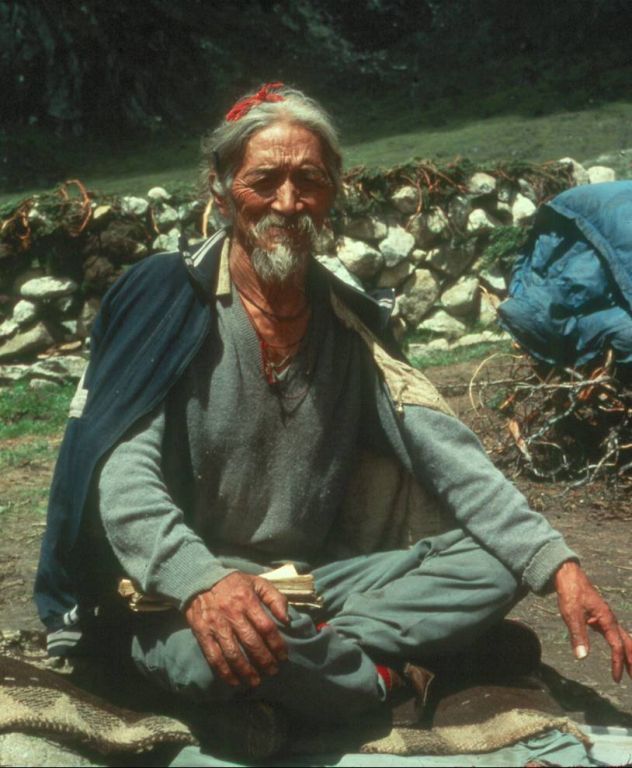First published on 12/31/2010, and last updated on 12/08/2017
Implementing the UN Declaration on the rights of Indigenous Peoples and International Human Rights Law through the recognition of ICCAs, Stan Stevens, 2010, Policy Matters no 17
Abstract: Appropriate recognition and respect for Indigenous Peoples’ Territories and Areas Conserved by Indigenous Peoples and Local Communities (ICCAs) are critical components of the International Union for Conservation of Nature’s new protected area paradigm policies and contribute significantly to implementing the Convention on Biological Diversity’s Articles 8(j) and 10(c) and Programme of Work on Protected Areas. ICCAs are also supported by and embody many internationally-affirmed human rights. As such, the appropriate and rights-based legal recognition of ICCAs should become an important means of ‘best practice’ implementation of the United Nations Declaration on the Rights of Indigenous Peoples and other international human rights instruments, as well as an important remedy and redress for violations of human rights associated with the establishment and governance of protected areas in Indigenous peoples’ territories. An analysis of Sherpa ICCAs in Sagarmatha (Chomolungma/Mount Everest) National Park and World Heritage Site illustrates the need for increased and appropriate recognition of ICCAs as a prerequisite to the realisation of these rights.
